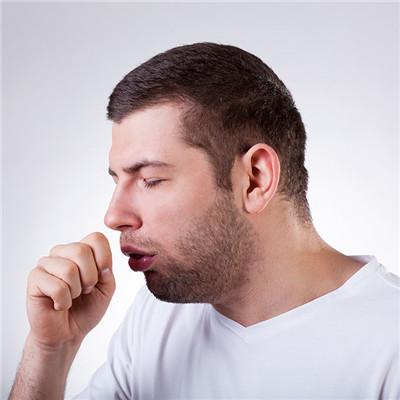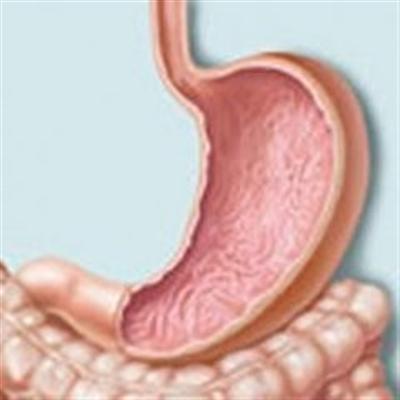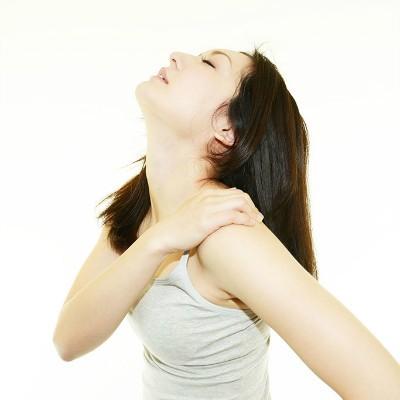What does osteoporosis check
summary
Osteoporosis is very easy to occur in the middle-aged and elderly people. After the diagnosis, good treatment can be obtained. Let's take a look at the osteoporosis test.
What does osteoporosis check
First of all: laboratory examination (1) serum calcium, phosphorus and alkaline phosphatase in primary osteoporosis, serum calcium, phosphorus and alkaline phosphatase levels are usually normal, alkaline phosphatase levels can increase a few months after fracture. (2) serum parathyroid hormone should be examined except secondary osteoporosis. The level of parathyroid hormone in patients with primary osteoporosis can be normal or increased. (3) markers of bone regeneration Some serum biochemical indexes of osteoporosis patients can reflect the state of bone turnover (including bone formation and bone resorption). These biochemical indexes include: bone specific alkaline phosphatase (reactive bone formation), tartrate resistant acid phosphatase (reactive bone resorption), osteocalcin (reactive bone formation), type I procollagen peptide (reactive bone formation), urinary pyridinoline and deoxypyridine The N-C-terminal cross-linked peptide of type I collagen (reactive bone resorption). (4) The normal ratio of morning urinary calcium to creatinine was 0.13 ± 0.01, and the ratio increased with excessive urinary calcium excretion, suggesting the possibility of increased bone resorption rate.
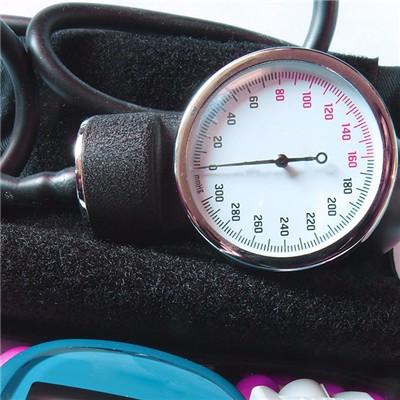
Secondly: auxiliary examination (1) bone imaging examination and bone mineral density (BMD) ① X-ray of the lesion can find fractures and other lesions, such as osteoarthritis, intervertebral disc disease and spinal forward. Osteopenia (low BMD) can be seen in the radiography, such as the increase of bone permeability, the decrease of trabecular bone and the widening of its gap, the disappearance of transverse trabecular bone and the blurring of bone structure, but it usually needs to be observed when the bone mass is reduced by more than 30%. In general, there are double concave deformation of the vertebral body and wedge-shaped deformation of the anterior edge of the vertebral body, also known as compression fractures, which are common in the 11th and 12th thoracic vertebrae and the 1st and 2nd lumbar vertebrae. ② Bone mineral density is a predictor of fracture. The measurement of BMD at any location can be used to evaluate the overall risk of fracture; the measurement of BMD at a specific location can predict the risk of local fracture.
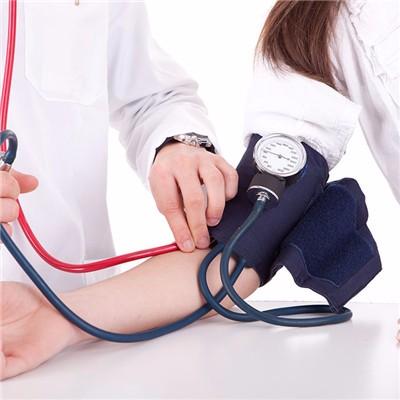
Finally: for the diagnosis of postmenopausal and senile osteoporosis, it is necessary to exclude the secondary osteoporosis caused by other reasons, such as hyperparathyroidism and multiple myeloma, osteomalacia, renal osteodystrophy, osteogenesis imperfecta in children, metastasis, leukemia and lymphoma. The best choice is to choose a regular hospital for diagnosis, improve the accuracy.
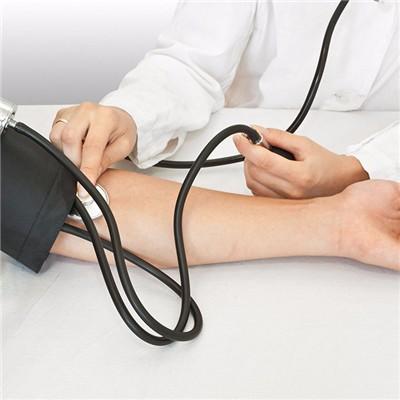
matters needing attention
Exercise can improve the sensitivity and balance ability, and encourage osteoporosis patients to exercise as much as possible. Good nutrition for the prevention of osteoporosis is of great significance, can supplement some calcium and vitamins, can effectively improve the condition.
